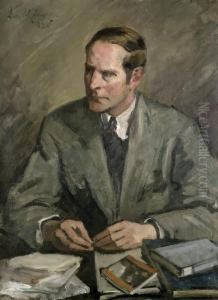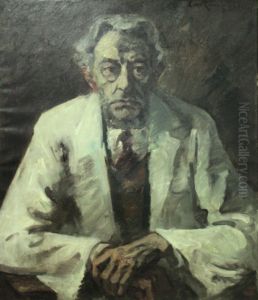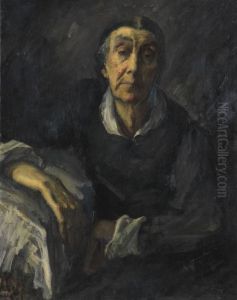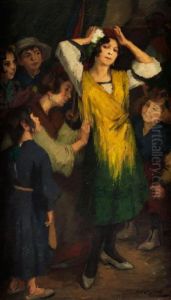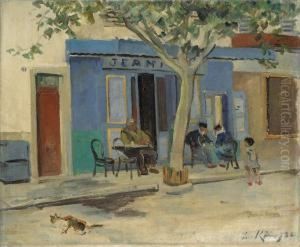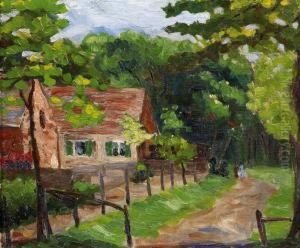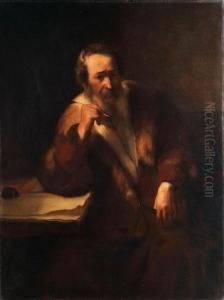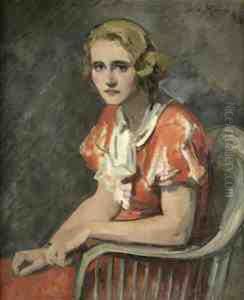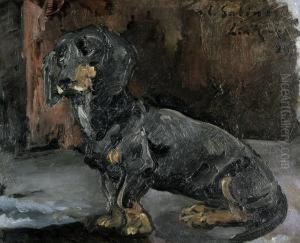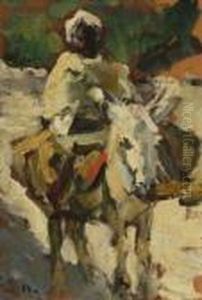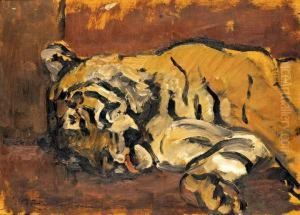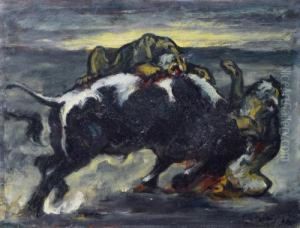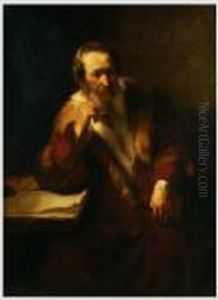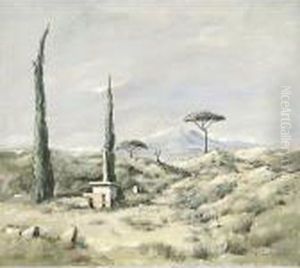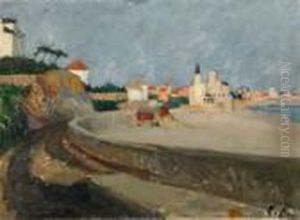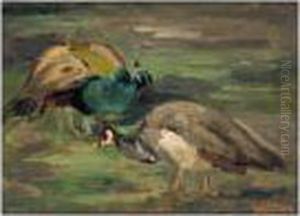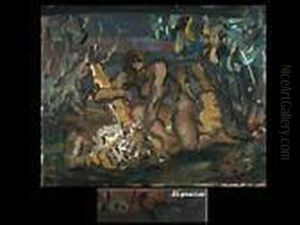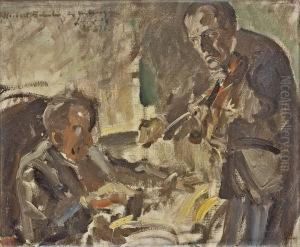Leo Von Konig Paintings
Leo von König was a German painter, born in Potsdam in 1871. He was part of the late 19th and early 20th century European art movements, navigating between Impressionism and Expressionism, though not strictly confining himself to a single style. König studied at various prestigious art academies across Europe, including the Academy of Fine Arts Munich and the Académie Julian in Paris, which were pivotal in shaping his artistic direction.
König's work is characterized by its diversity, spanning portraits, landscapes, and still lifes. His ability to capture the subtlety of light and shadow, combined with a nuanced use of color, distinguished his paintings. He was particularly noted for his portraits, which often conveyed a deep psychological insight into his subjects, reflecting the influence of his contemporary, Max Liebermann, as well as Edvard Munch.
Throughout his career, Leo von König exhibited his work extensively, participating in numerous solo and group exhibitions. He was a member of the Berlin Secession, a group that sought to break away from the traditional academic art scene in Germany, advocating for artistic innovation and independence. König's involvement with the Secession underscored his commitment to the avant-garde and his desire to explore new artistic frontiers.
Despite his contributions to the German art scene and his moderate success during his lifetime, König's work fell into relative obscurity after his death in 1944. However, in recent years, there has been a renewed interest in his oeuvre, with art historians and collectors rediscovering his significant talent and contribution to the development of modern art in Germany.
Leo von König's legacy is that of an artist who navigated the complexities of artistic expression during a tumultuous period in European history. His works continue to be appreciated for their emotional depth and technical skill, securing his place in the annals of 20th-century art history.
